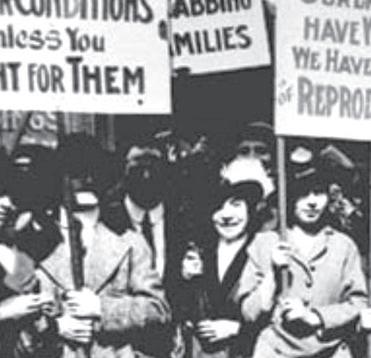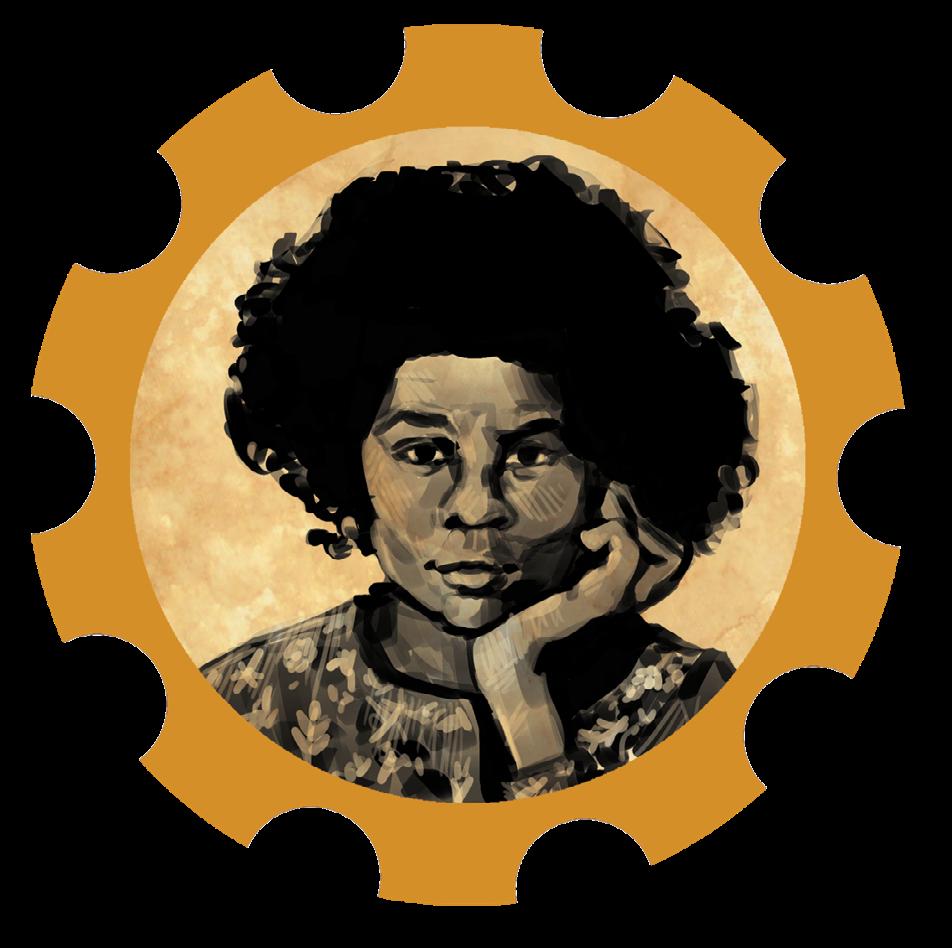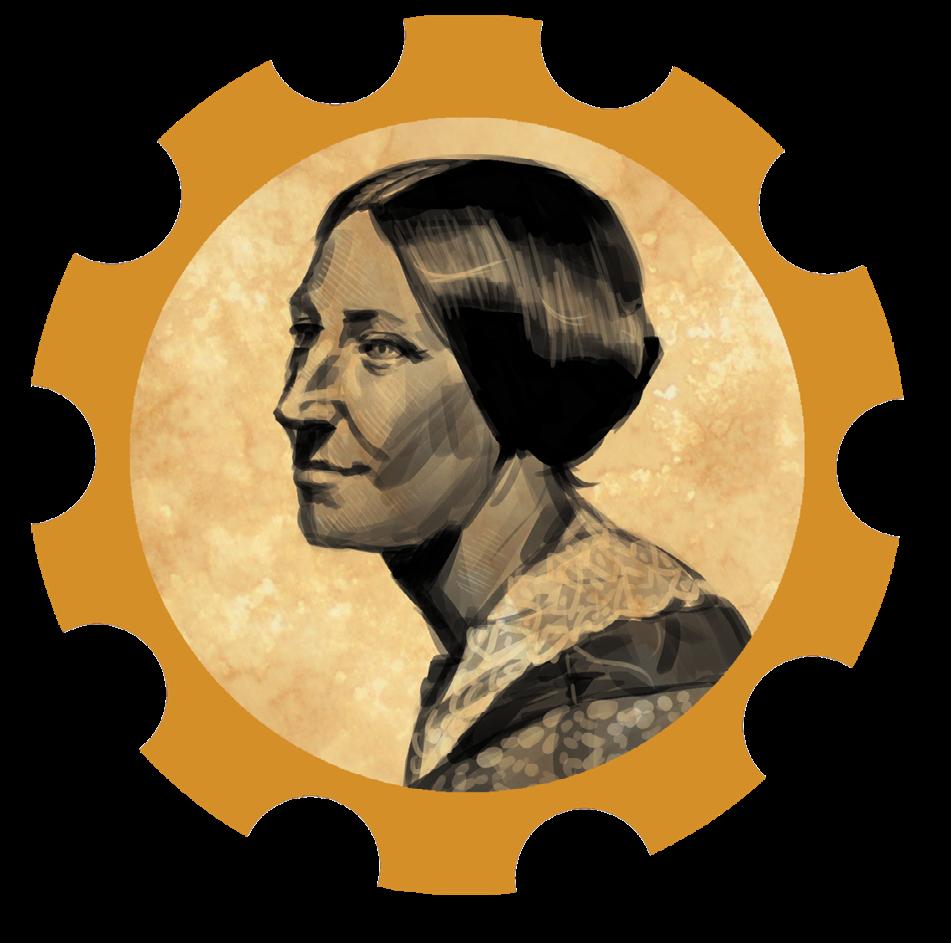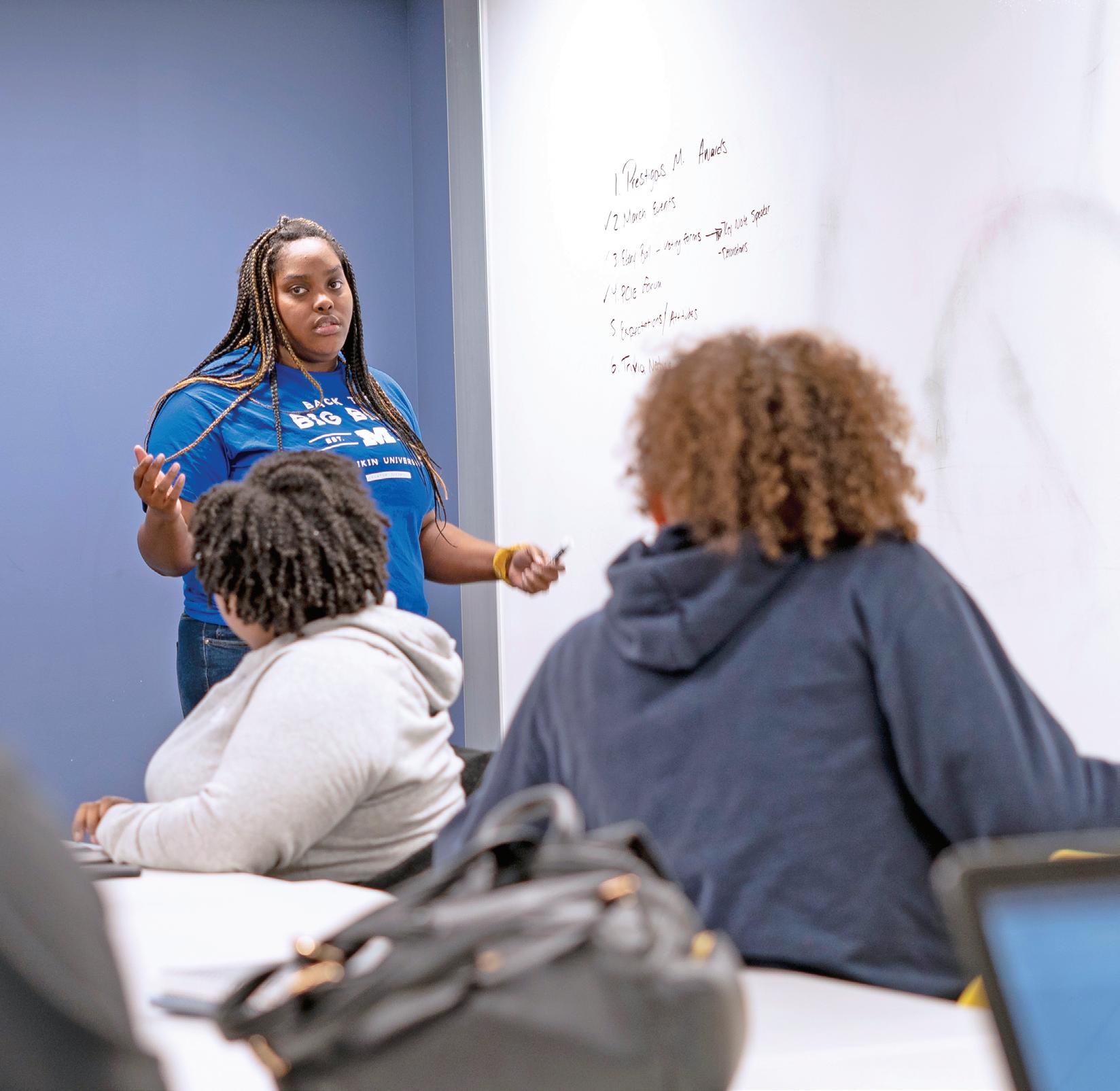
5 minute read
A Century of Feminism

The origins of
Advertisement
American
Feminism
Nicole Scott

Picture a feminist.
Whom do you imagine? You probably think of someone from the 21st century crusading for one of the various causes intersecting with women’s issues. You likely do not envision the women who tirelessly fought for the right to vote alongside their husbands, brothers, and sons or the women from the 1960s who longed for equal opportunities and pay. Reflecting on the past 100 years illuminates the struggles and similarities between feminists of the past and today.

On June 4, 1919, Congress granted American women the right to vote. What we consider today a basic right for American citizens became a subject of controversy. The original American feminists, the Suffragettes, challenged centuries of oppression. One of the original arguments for why women were unable to vote was that they were irrational. Men deemed women hysterical and unable to control their emotions, and they claimed menstruation impaired their ability to control themselves. Because of their view, men barred women from jobs, which furthered the traditional gender roles that still exist now. These beliefs exemplify patriarchal values displaying a clear binary: weak versus strong, emotional versus logical, and woman versus man. In other areas of life, binaries often prove incredibly debilitating for both parties but especially the restricted party. These conceptions have grown deeply ingrained into American society. At the time when women finally gained voting power, the dominant patriarchal ideas portrayed women

as nothing more than homemakers who should remain submissive to their husbands. Societal expectations supported the opinion that a husband’s vote counted for the whole household. Until women were granted the right to vote, this line of thinking completely removed women’s agency.
Dr. Michael Hollis-George, an English professor at Millikin University, explains that even literature was stacked against women. Authors presented women as overly emotional and innately subordinate to men. Physically weaker, tear-laden, virgin women represented the literary standard, and women heard and read stories portraying these women as “good.” Suffragettes defied this norm they had known their entire lives, which may have led others to label them as “bad” women.
Following the heated conflict that surrounded women attaining the right to vote, women began to advocate heavily for equal pay and job opportunity in the 1960s. These two factors would elevate women to a level socially equivalent to men. Prior to this period, although women could vote, no law protected women from underpayment or job refusal solely on the basis of gender. Employers used the assumption that men demonstrated superiority to women in every field except childcare to keep women at home, a common trope within sitcoms from the 1950s and 1960s.
During this era of great social change, women still felt pressure to conform to the wants of the patriarchy. Women of color often felt forced to choose between fighting for women’s rights or racial minorities’ rights. Women, in general, felt a pressure to choose between working and raising a family. The notion of having to choose damaged women because it denied them the ability to participate fully in society. In contrast to men, who never needed to decide between a career and family or to which group they belonged more, women could not engage in every area of life. Society pressured them to limit themselves.
When you review the past 100 years, you will see the struggles women endured. Although social norms served as problematic obstacles, women managed to prevail and gain the legal equality they sought. In the present, women continue to fight for social equality, better women’s health, and LGBTQ+ issues. Some fights have not changed since the earlier days of feminism. However, today, intersectionality has developed into a major aspect of modern-day feminism, as feminists dedicate their efforts to issues of race and class along with LGBTQ+ concerns. Yet despite how far the nation has progressed in the past 100 years, American society still has a long way to go.
As a leader of the Suffragette movement, Susan B. Anthony supported increasing women’s rights in the 1920s. She helped women gain the right to vote alongside her friend Elizabeth Cady Stanton. Together, they created the National Woman Suffrage Association. Eleanor Roosevelt worked with the Women’s Trade Union League (WTUL) and the International
Congress of Working Women (ICWW). She also ran a newspaper column addressing women’s issues. Later in her life, during
John F. Kennedy’s presidency, she held the chair position on his Presidential Commission on the
Status of Women (PCSW). Betty Friedan wrote The Feminine Mystique, a book that sparked second-wave feminism.
Additionally, she also co-founded the National Organization for Women (NOW) and served as its first president in 1966. On August 26, 1970, she orchestrated the
Women’s Strike for Equality. As an author, bell hooks uses her platform to discuss women’s rights and racial relations. She has published several scholarly articles and more than thirty books advocating for social justice and equality. She has also given public lectures and appeared in documentaries. NOTAbLE WOMEN 4 3 1 2 b e l l h o o k s E l e a n o r R o o s e v e l t B e t t y F r i e d a n S u s a n B . A n t h o n y







0
Currently a professor emerita at the University of California, Sara Cruz, Angela Davis has rallied for both racial and gender equality.
Davis spoke at the Women’s March on
Washington following President Trump’s inauguration, and she has published several compelling books about class and feminism. She has given several lectures at esteemed universities across the United States and overseas.










